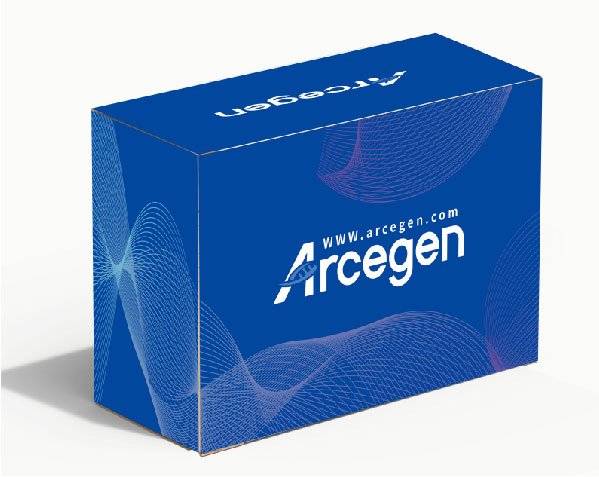D-Luciferin, Potassium Salt
Product description
D-Luciferin is a commonly used substrate for luciferase in the field of biotechnology, particularly in in vivo live imaging techniques. When fluorescein is in excess, the quantum number of light produced is equal to Luciferase concentrations were positively correlated (see figure below). Plasmids carrying luciferase encoding gene (Luc) were transfected into cells and introduced into study animals such as rats and mice. Subsequently, D-luciferin is injected, and changes in light intensity are detected using bioluminescence imaging (BLI) to monitor disease progression or therapeutic efficacy of drugs in real-time. Alternatively, the impact of ATP on this reaction system can be utilized to indicate changes in energy or vital signs based on variations in bioluminescence intensity.

D-Luciferin is also commonly used in in vitro research, including luciferase and ATP level analysis; reporter gene analysis; high-throughput sequencing; and various contamination detections. Currently, there are three forms of the product: D-luciferin (free acid), D-luciferin salt (sodium salt and potassium salt). The main difference lies in their dissolution properties: the former has weaker water solubility and solubility in buffer systems, unless dissolved in weak bases such as low concentration NaOH and KOH solutions. It can be dissolved in methanol and DMSO; the latter can be easily dissolved in water or buffer solutions, making it convenient to use, with non-toxic solvents, especially suitable for in vivo experiments. After being prepared into solutions, these three forms of the product have no substantial differences in most applications.
Specifications
|
English synonym |
(S)-4,5-Dihydro-2-(6-hydroxy-2-benzothiazolyl)-4-thiazolecarboxylic acid potassium salt; D-Luciferin firefly, potassium salt |
|
CAS NO. |
115144-35-9 |
|
Formula |
C11H7N2O3S2K |
|
Molecular weight |
318.42 g/mol |
|
Appearance |
Light yellow powder |
|
Solubility |
Soluble in water(60 mg/mL) |
Components
|
Components No. |
C331501E |
C331501S |
C331501M |
C331501L |
|
Size |
100 mg |
500 mg |
1 g |
5 g |
Storage
Store at -20°C in a dry and dark place. Shelf life is 1 year.
Catalog No.:*
Name*
phone Number:*
Lot:*
Email*
Country:*
Company/Institute:*

